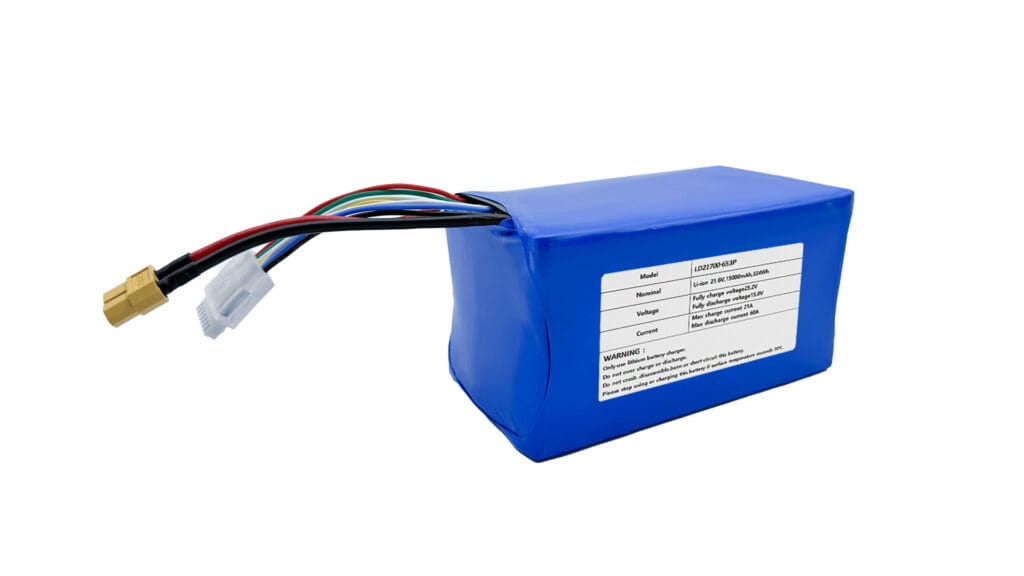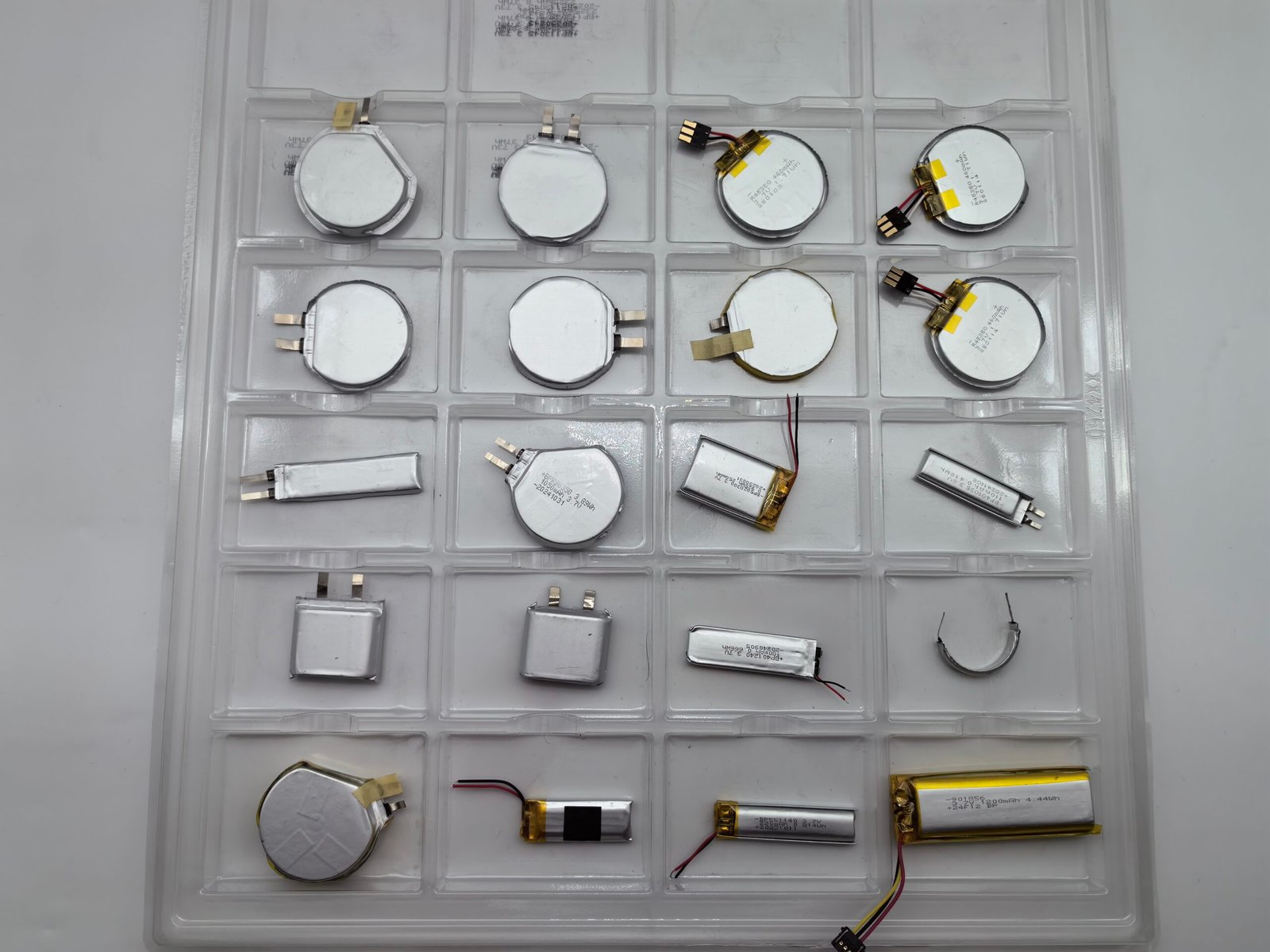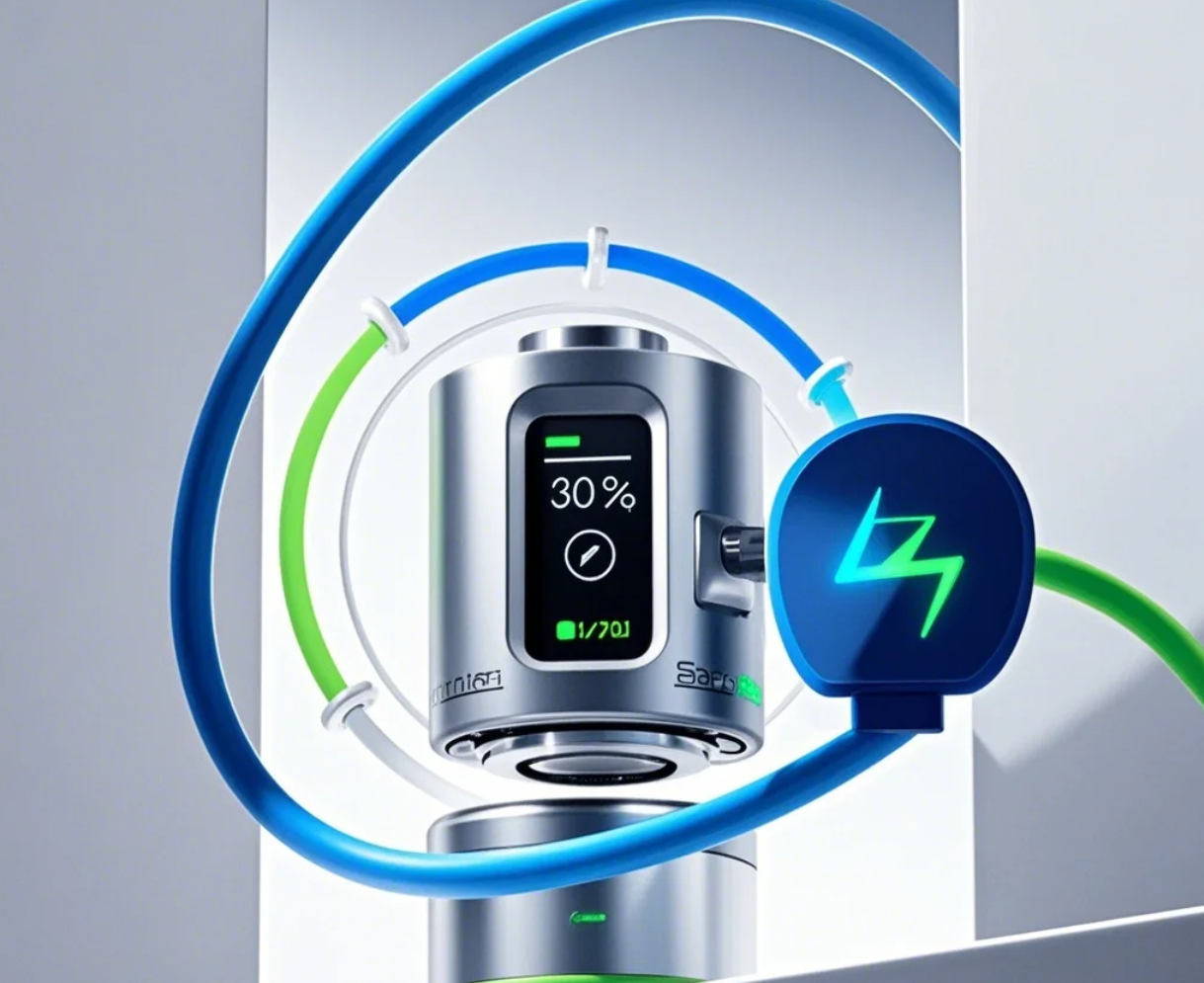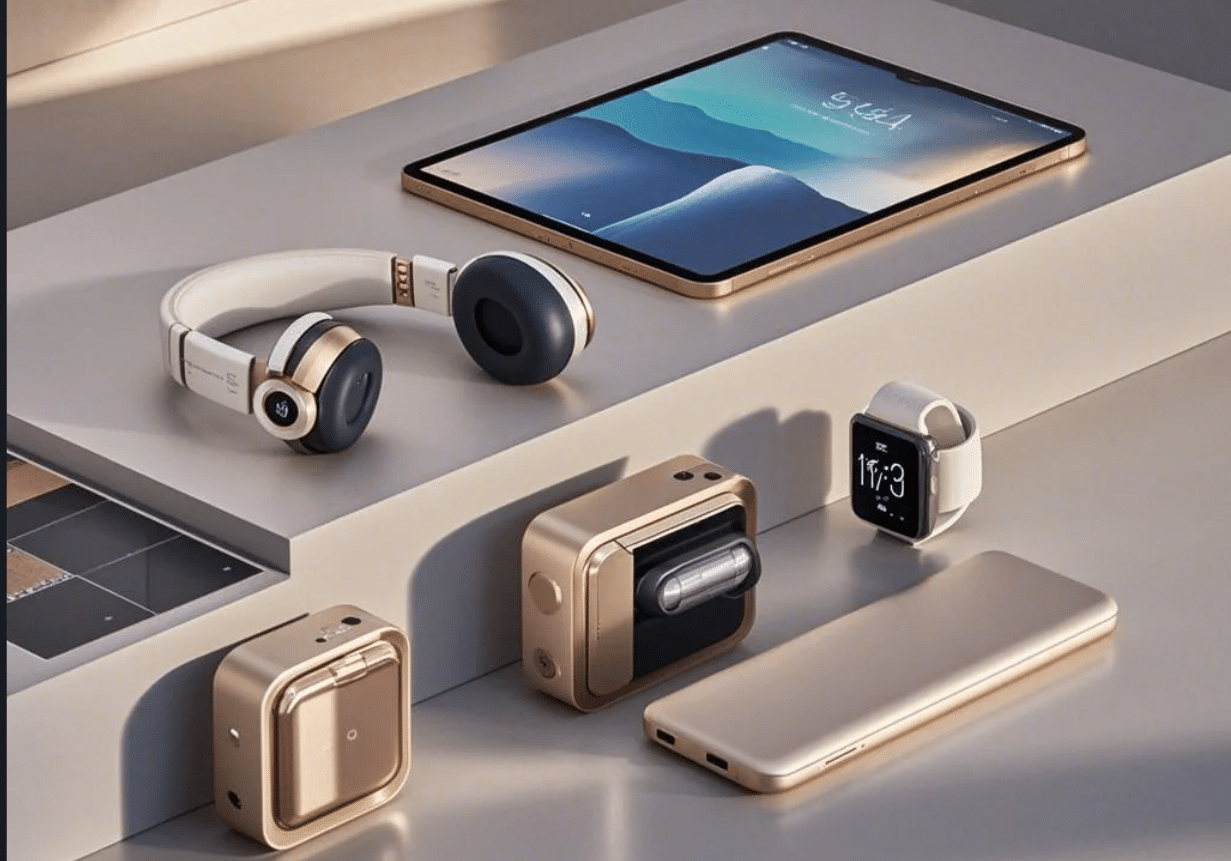Smart glasses are no longer just a sci-fi dream. From enhancing daily tasks with augmented reality (AR) overlays to providing hands-free communication and navigation, these intelligent eyewear devices are rapidly emerging as the next frontier in personal computing. They promise a future where digital information seamlessly blends with our physical world, transforming how we interact with technology and each other. Yet, beneath the sleek frames and revolutionary displays lies a fundamental engineering challenge that dictates their capabilities and limits their widespread adoption: the battery.
Unlike smartphones, which have years of iterative design and battery optimization, smart glasses cram powerful, energy-hungry components into an incredibly constrained, wearable form factor. This creates a critical bottleneck, hindering their ability to deliver all-day experiences and integrate seamlessly into our lives. For consumers, it often means short battery life and inconvenient charging. For developers, it imposes strict constraints on application design and performance. This article will delve into the challenges facing smart glasses batteries, explore the pioneering solutions on the horizon, and outline the collaborative path forward to power our augmented future.
Why Smart Glasses Are So Demanding
To understand the battery conundrum, we first need to appreciate the sheer computational power packed into these tiny spectacles. Smart glasses are miniature computers, operating constantly to deliver their promised experiences.
Miniaturized Powerhouses: Components Packed into a Tiny Form Factor The fundamental challenge begins with physics: packing high-performance electronics into a minimalist frame.
- High-Resolution Displays: At the core of the AR experience are the micro-displays (e.g., Micro-LEDs, LCoS, OLEDs, or waveguide displays) that project images directly into the user’s field of view. These displays require constant illumination and often high refresh rates to create smooth, immersive augmented realities, consuming a significant portion of the total power.
- Advanced Processors & GPUs: These are the brains of the operation. Smart glasses require powerful System-on-a-Chips (SoCs) to handle complex AR algorithms like Simultaneous Localization and Mapping (SLAM) for understanding the environment, real-time 3D rendering, object recognition, and running sophisticated AI models for voice commands, gesture control, and intelligent assistants. This intense computational load demands substantial energy, often requiring specialized co-processors for efficiency.
- Abundant Sensors: To interpret the world and user intent, smart glasses are packed with a multitude of sensors. Cameras continuously map the environment, detect objects, and enable computer vision applications. Microphones are always listening for voice commands. Accelerometers, gyroscopes, and magnetometers track head movements and orientation. GPS provides location data. Eye-tracking sensors understand user gaze. Each of these sensors, and the processing of their continuous data streams, contributes to the overall power draw.
- Persistent Connectivity: For most smart glasses, constant Wi-Fi and Bluetooth connections are essential for data synchronization, notifications, and interaction with smartphones or the cloud. As 5G becomes more prevalent, integrated cellular connectivity will further enhance capabilities but also increase power demands due to continuous data transmission and reception.
Always-On Expectations Users anticipate smart glasses to be instantly responsive, much like a smartphone screen that lights up with a tap. This expectation translates into “always-on” functionality, with background processes constantly running, sensors active for immediate input, and wireless modules periodically checking for notifications. This continuous background operation consumes standby power, even when the device isn’t in active “use.”
Limited Space for Thermal Management Cramming so many high-power components into a small, sealed enclosure like glasses frames inevitably generates heat. Unlike larger devices that can use fans or expansive heat sinks, smart glasses have extremely limited space for efficient heat dissipation. This thermal constraint not only impacts performance (leading to “thermal throttling” where the device slows down to cool off) but also directly affects user comfort and battery longevity.
Core Battery Challenges: Form Factor Meets Function
The combined energy demands of these components clash head-on with the physical limitations of eyewear, creating several critical challenges for smart glasses batteries.
Battery Life & Endurance: The User’s Dilemma This is arguably the most glaring limitation. While modern smartphones offer 8-12+ hours of active screen time, many consumer smart glasses currently deliver only 2-4 hours of active use. This disparity leads to:
- “Battery Anxiety”: Users constantly worry about their device dying, limiting spontaneous use.
- Frequent Recharging: The need to interrupt activities to pop glasses into a charging case disrupts the seamless experience.
- Developer Implications: Developers must meticulously optimize applications for power efficiency, often having to scale back on computationally intensive features or implement aggressive low-power modes.
Size and Weight Constraints: The Ergonomic Imperative The ultimate goal for smart glasses is to be as indistinguishable from regular eyewear as possible — thin, light, and stylish. However, conventional lithium-ion batteries are rigid and bulky, making this a monumental design challenge. Integrating them into slim temples and frames often results in:
- Bulky Aesthetics: Visible battery compartments or thickened frames compromise the desired discreet look.
- Physical Discomfort: Uneven weight distribution, increased overall weight (current smart glasses can weigh 30-70 grams compared to 15-30 grams for regular eyewear), and pressure points on the nose or ears lead to user fatigue and reluctance for prolonged wear.
Heat Management: The Uncomfortable Truth Beyond component heat, the battery itself generates heat during discharge and charging. In a device worn directly on the face, this can be a significant issue. Excessive heat translates to:
- User Discomfort: A warm or hot sensation on the temples or nose bridge.
- Performance Degradation: High temperatures reduce battery lifespan and can lead to thermal throttling, where the device proactively reduces its performance to prevent overheating, impacting application responsiveness and user experience.
- Safety Concerns: While rare with consumer devices, extreme overheating can pose safety risks.
Charging Speed & Convenience: The Daily Ritual Even with limited battery life, the charging experience can be cumbersome.
- Slow Charging: Many smart glasses take over an hour for a full charge, significantly less efficient than rapid-charging smartphones.
- Reliance on Charging Cases: While convenient for portability, these cases add another item to carry and charge separately, reducing the ‘wear and forget’ ideal.
- Disruption to Workflow: The downtime required for charging means users can’t continuously rely on their glasses throughout the day.
Cost and Supply Chain: Economic Factors Developing and manufacturing highly specialized, miniaturized batteries with advanced chemistries can significantly increase the overall production cost of smart glasses, hindering affordability and mass market penetration. Furthermore, the supply chain for specific rare earth materials or complex battery components can be vulnerable to disruptions, impacting availability and further driving up prices.
Pioneering Solutions: Beyond Today’s Lithium-Ion
The smart glasses industry is fully aware of these battery hurdles, and intense research and development are underway on multiple fronts. The solutions range from incremental enhancements to revolutionary new chemistries and intelligent system optimizations.
Enhancing Current Li-ion Technology While next-gen batteries are exciting, significant gains are still being made with current lithium-ion (Li-ion) technology.
- Silicon Anodes: Replacing traditional graphite with silicon in battery anodes can dramatically increase the specific capacity of the battery (theoretically up to 10 times, practically 20-40% in commercial applications today), allowing for more energy storage in the same volume or weight. Companies like Sila Nanotechnologies are at the forefront of this innovation.
- Advanced Cathode Materials: Researchers are developing new cathode chemistries, such as high-nickel or even cobalt-free materials, that offer improved capacity, stability, and faster charging capabilities.
- Improved Electrolytes: Developing non-flammable, semi-solid, or gel-polymer electrolytes can enhance the safety and thermal stability of existing Li-ion batteries, moving them towards a more robust and less volatile architecture.
Next-Generation Battery Chemistries These innovations promise to redefine the very form factor and capabilities of smart glasses batteries.
- Full Solid-State Batteries: These replace the flammable liquid electrolyte of conventional Li-ion batteries with a solid material. This offers profound advantages: significantly higher energy density (potentially doubling current Li-ion to 500 Wh/kg and beyond), enhanced safety (no flammable liquid), faster charging rates, and wider operational temperature ranges. Their inherent stability makes them ideal for ultra-compact devices. Companies like QuantumScape and Solid Power are leading this charge.
- Flexible and Conformal Batteries: Traditional batteries are rigid. Flexible batteries, on the other hand, are designed to bend, twist, and conform to non-planar surfaces. This allows for seamless integration into the curved temples, hinges, and intricate frames of smart glasses, distributing weight evenly and enhancing design. Research labs at institutions like MIT and Stanford are pioneering these breakthroughs.
- Micro-Batteries & Thin-Film Batteries: These are extremely small and thin batteries that can be embedded in multiple discreet locations throughout the glasses’ frame and components, rather than relying on a single, bulky power unit. This distributed power architecture enables even more discreet designs and potentially better thermal management.
Alternative Power and Charging Solutions Beyond internal battery advancements, external and ambient power solutions are also being explored.
- Energy Harvesting: Tapping into ambient energy sources could provide supplementary power or continuous trickle charging. This includes tiny, transparent solar cells integrated into lenses or frames, kinetic energy harvesting from subtle head movements, or thermoelectric generation from body heat. While typically low power output, these could significantly extend standby time or reduce the frequency of full recharges.
- Advanced Wireless Power Transfer: Technologies like resonant charging (e.g., Qi2) and even future over-the-air charging could allow smart glasses to charge seamlessly when placed on a mat, tucked into a smart pocket, or even within a specific room, offering unprecedented convenience and eliminating the need for fumbling with cables or cases.
Intelligent Power Management (Hardware & Software) Even the most advanced battery is limited without smart energy management.
- Highly Efficient Chipsets (SoCs): Chip manufacturers are designing processors and co-processors specifically for the low-power, always-on demands of smart glasses. This includes specialized hardware for AI acceleration, display driving, and sensor fusion, minimizing energy consumption at a fundamental level. Qualcomm’s Snapdragon Wear platforms, for instance, are continually optimized for power.
- AI-Powered Power Allocation: Sophisticated software algorithms, often leveraging AI, dynamically optimize energy distribution. This includes dynamic voltage and frequency scaling (DVFS), adjusting power to individual components based on real-time workload, user activity, and application demands. This allows for intelligent power saving without compromising critical performance.
- Developer-Focused Power APIs/SDKs: Providing developers with tools and guidelines to write energy-efficient applications is crucial. By enabling developers to manage background processes, utilize low-power modes effectively, and understand the power implications of different features, the entire ecosystem becomes more power-conscious.
LanDazzle’s Response: Custom LiPo Batteries for Smart Glasses
As a shaped polymer battery manufacturer, LanDazzle is actively solving immediate and pressing challenges by specializing in custom Lithium Polymer (LiPo) battery solutions specifically for smart glasses. Our approach demonstrates how targeted expertise can significantly impact product viability.
We recognize that off-the-shelf battery solutions rarely meet the stringent size, weight, and power demands of sleek smart eyewear. Our core competency lies in designing bespoke LiPo batteries that can be shaped to fit the unique, often irregular contours of smart glasses frames and temples. This direct response to the size and weight constraints allows smart glasses manufacturers to produce devices that are not only aesthetically pleasing but also comfortable for extended wear.
Furthermore, LanDazzle prioritizes balancing high energy density with stringent safety standards. As batteries are worn so close to the user’s face, safety is paramount. We utilize advanced materials and meticulous manufacturing processes to maximize the energy stored within minimal volume, while simultaneously ensuring thermal stability and long-term reliability. This focus on safety and efficient energy delivery for displays, processors, and sensors directly contributes to extended battery life and a superior, more dependable user experience, helping smart glasses overcome one of their most significant hurdles.
If you have any needs, feel free to contact us today at info@landazzle.com to discuss how our custom flexible LiPo battery solutions can meet your specific needs.
Conclusion: Powering the Augmented Future
The journey to truly seamless and ubiquitous smart glasses is inextricably linked to overcoming the formidable battery challenges of limited life, bulky form factors, and thermal management. These hurdles have, until now, kept smart glasses from achieving mass adoption, confining them largely to early adopters and niche applications.
However, the rapid pace of innovation in battery chemistry – from the promise of solid-state and flexible designs to the incremental gains from silicon anodes – coupled with advancements in intelligent power management software and energy harvesting techniques, offers immense promise. Solving the battery dilemma will be the pivotal factor that unlocks the full potential of smart glasses, transforming them from niche tech into indispensable, comfortable, and ever-present tools that seamlessly blend our digital and physical worlds. This will not only drive widespread adoption but also usher in a new era of hands-free, augmented computing that truly lives up to its transformative vision.





